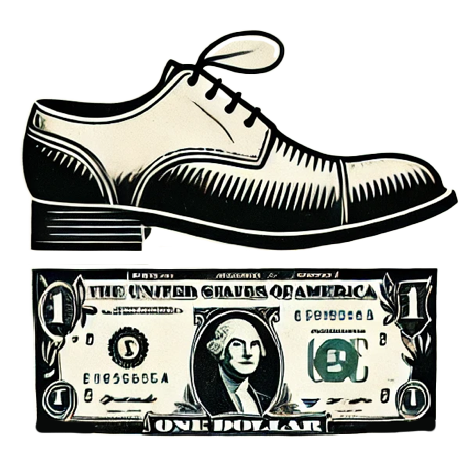On a recent episode of CNBC’s “Squawk on the Street,” Federal Reserve Governor Christopher Waller shared his optimistic outlook regarding interest rates and inflation. With inflation easing, Waller indicated the possibility of multiple interest rate cuts throughout the year. His statements suggest that should inflation data align with the Fed’s goals, a shift in monetary policy could occur sooner than previously anticipated.
Waller emphasized that the timing of these potential cuts heavily relies on forthcoming economic data, particularly information regarding consumer prices and unemployment rates. He expressed expectations of an initial rate reduction occurring within the first half of the year, conditional upon continued positive trends in inflation metrics.
Market Reactions to Waller’s Projections
Financial markets immediately reacted to Waller’s comments, exhibiting a surge in bets for a more aggressive timetable concerning interest rate cuts. Following his outlook, the probability of a rate cut by May surged to around 50%. The sentiment, however, indicates that June is likely the more favored month for such adjustments. Projections for a second reduction by year-end also increased, suggesting a growing confidence among traders in a potential dovish pivot by the Federal Reserve.
Waller’s outlook is fascinating, highlighting the critical interplay between policymakers and financial markets. As traders recalibrated their expectations, reflecting on Waller’s beliefs, it illuminated a broader concern: what if inflation continues to persist stubbornly despite these anticipations? Investors are naturally cautious, aware that market volatility can stem from unanticipated shifts in economic indicators.
At the crux of Waller’s hope for rate cuts is the belief that inflation will continue to trend downwards as 2025 progresses. Despite encountering several months of sticky inflation in pivotal price categories, Waller maintains a more optimistic stance compared to some of his colleagues. He believes that the core consumer price index, which measures inflation excluding food and energy, will inch closer to the Fed’s desired target of 2%.
He pointed to the December core reading of 3.2%, a slight decline from the previous month but still falling short of the target, indicating the complexities facing the Federal Reserve. The challenge remains for policymakers to balance the dual mandate: fostering maximum employment while ensuring price stability.
At the December Federal Open Market Committee (FOMC) meeting, members anticipated two cuts in interest rates for 2025, albeit with a general atmosphere of caution. Waller reiterated this sentiment, suggesting that the committee is “in no rush” to implement changes. This approach highlights a growing consensus among Federal Reserve officials who recognize the unpredictability of economic indicators and the potential need for patience in executing policy adjustments.
The FOMC’s upcoming meeting on January 28-29 will likely play a pivotal role in shaping the monetary policy landscape for the year ahead. Despite a muted outlook for immediate action in January, Waller’s commentary hints that further developments in economic data may lead to revisions in the Federal Reserve’s stance sooner than expected.
The central bank is at a crossroads where economic data will dictate its course. Waller’s optimistic outlook for interest rate reductions reflects a broader hope within the Federal Reserve that inflation will moderate in alignment with targets set for price stability. However, the expected path remains contingent upon the actions of the economy itself.
As traders digest Waller’s words and weigh the likelihood of rate cuts, it remains clear that the Federal Reserve’s future decisions will not only be guided by data but also by the themes of flexibility and caution. Ultimately, whether Waller’s predictions materialize will significantly impact the economic landscape as 2025 unfolds.

